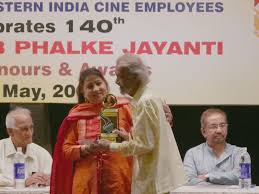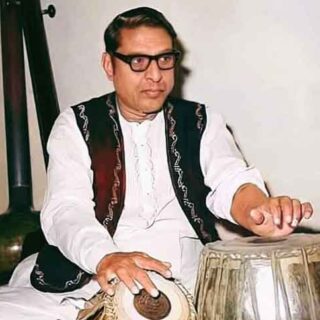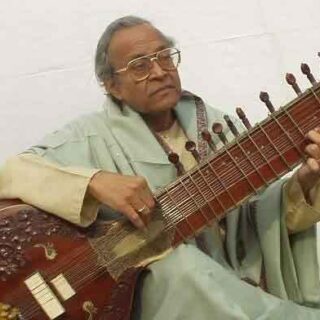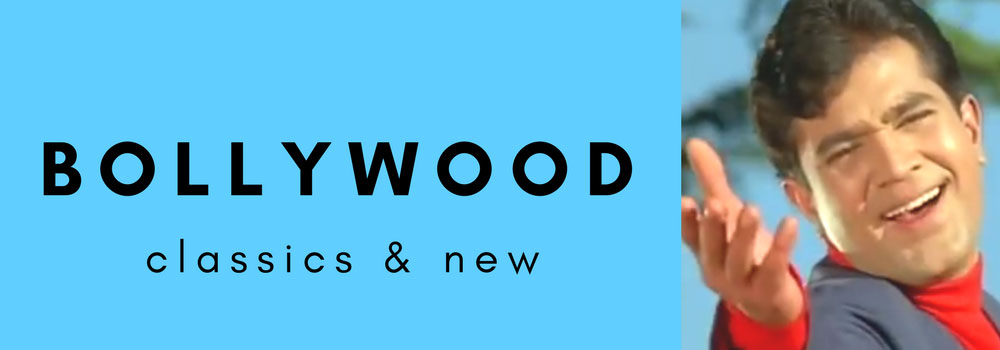Aloke Dasgupta – Less-heard cinematographer of Bollywood who did the camera work of iconic movies like ‘Chalti Ka Naam Gaadi’ and ‘Aradhana’
Aloke Dasgupta was a cinematographer of the classic era of Bollywood, of Bengali origin. Chalti Ka Naam Gaadi was his first remarkable work in black and white. Alok Dasgupta handled the camera work and gave beautiful and colour frames to the lead pair in Shakti Samanta’s Aradhana adding immense beauty to their screen chemistry. He also captured the beauty of Darjeeling through his camera lens. He extensively worked with Shakti Samanta for movies like Amar Prem, Anuraag, The Great Gambler, Ajnabee, Amanush, Mehboob, Barsaat Ki Ek Raat, Anand Ashram, Awaaz, Anurodh etc later. During his last years he remained away from limelight.

Aloke Dasgupta hailed from Bengal. As a Bollywood cinematographer his first major work was ‘Chalti Ka Naam Gaadi’ starring Ganguly brothers. It was his first work as a full-fledged cinematographer. Though Kishore Kumar made this film to get rid of income tax problems, the movie was a surprise hit, and became one of the biggest grossers of 1958. Yet Aloke remained a less-known name in Bollywood for more than a decade, with only few films to his credit. Aradhana directed by Shakti Samanta, starring Rajesh Khanna and Sharmila Tagore was his first major hit after Chalti Ka Naam Gaadi, and the movie became an all-time blockbuster. Aloke is credited to create beautiful frames for less-known actor Rajesh Khanna, which made him nation’s darling after the movie release.
From there on, Aloke Dasgupta got associated with Samanta for almost every film of 1970s except Charitraheen and Pagla Kahin Ka. It can be said that he extensively worked with the ace director throughout 1970s. When the director’s career witnessed a downfall since late 1970s, same was the case of his cinematographer too. He worked with the director till his last Bollywood release – Geetanjali in 1993, and slowly moved away from limelight.
In 1994 he did the camera work of action movie, Vijaypath starring Ajay Devgan. Unfortunately his name can be counted among the talented Bollywood artists of yesterdays whose immense contributions remain largely forgotten. He sold his posh flat at Pali Hill to make a living during his struggling days. He also worked in low budget Bhojpuri and other regional language films solely for source of income. His name is often credited as Alokdas Gupta.
Cinematographer Aloke Dasgupta – Less-heard and unknown facts

1. As a cinematographer he is best known for his works with Shakti Samanta, Aradhana, Amar Prem and Amanush being the most memorable ones. Since late 1960s with the movie, Aradhana they collaborated for several movies throughout 1970s and later.
2. Best known for his association with star director Shakti Samanta throughout 1970s, Aradhana in 1969 was their first movie together, and he worked with the director for most of his films till 1990s.
3. He did the camera work of Door Gagan Ki Chhaon Mein – the movie scripted and directed by Kishore Kumar, and also Amitabh-Hema Malini’s first film together – Kasauti. He also did the camera work of Kishore Kumar’s Badti Ka Naam Gaadi. Badi Didi, Santaan, Sangdil Sanam, Bedaag, Teesra Kaun (1965) etc are a few more works.
4. During his busy days in the 1970s, he used to shoot for three films a day.
5. Apart from several Rajesh Khanna movies directed by Shakti Samanta, he did the camera work for Khanna’s 1987 movie – Nazrana directed by Ravi Tandon and 1977 movie – Tyaag directed by Din Dayal Sharma.
6. He shot the iconic song of Aradhana – Roop Tera Mastana without any retake which lasted more than three minutes and 30 seconds. Perhaps it is the first Bollywood song captured in a single shot. It is one among the best sensuous songs ever filmed in Bollywood. The song was filmed with darkness and artificial rain in background, and just three lights were attached to the camera, which was risky.
7. At Filmfare awards, he has been nominated for best cinematography for Aradhana, Amar Prem, Mehbooba, Chalti Ka Naam Gaadi etc, but never managed to win. He felt it really bad when he lost it for Aradhana, for Ramanand Sagar movie. However he received Bengali Journalists’ Association Award for Anand Ashram.
8. He was unmarried and remained a bachelor throughout his life. Though he had girl friends from the film industry during his younger days, he couldn’t get approval from his parents for marriage. During those days, girls from film industry were not easily accepted as daughter-in-laws by conservative families, and hence Aloke preferred to live single.
End note: Less data is available about this iconic cinematographer, though he has given immense contribution to Bollywood 1970s. Sad, but very true. I searched a lot to find more details about him, where he is now, is he alive or not…. But I couldn’t find anything. It is indeed shameful that media or Bollywood has already forgotten such a great artist who has been associated with Bollywood for many decades, and has been a part of several iconic projects which have been written in golden words in Bollywood history. There are many such artists who fade away easily from limelight and memory, when old age grasps them.

A screen shot from Aradhana – Aloke captured ada and romantic eyes of Rajesh Khanna with perfection, and very soon Khanna catapulted to fame
I got one article online with his photos, but the page has already expired. But the page description suggests that he passed away in 2010 with an unfulfilled wish to meet Mira and Manu. But I don’t know who these two persons are. He passed away at the age of around 82 (based on an interview he gave in 2005, where his age is told as 77). The image in the page also suggests that he was honoured at Dadasaheb Phalke’s 140th Jayanti in 2009, one year before his death. This article is a humble tribute to a legendary cinematographer who is long forgotten by Bollywood.














Hello, your feature on Aloke Dasgupta is good. Minor nitpicking. Please note that he was not the cinematographer in Kati Patang. That was by V Gopi Krishna. The use of filters, polarizers, etc in Kati Patang is different from Aradhana though both the films are based in the Himalayas. Dasgupta was very close to Kishore Kumar.
i have corrected. Thank u